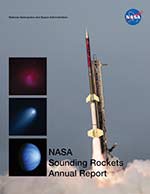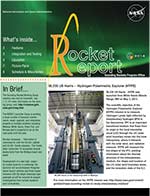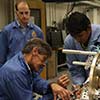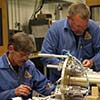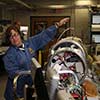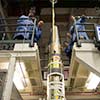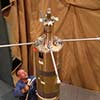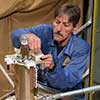
46.009 & 46.010 UE COLLINS/UNIVERSITY OF ALASKA
Mesosphere-Lower Thermosphere Turbulence Experiment (M-TEX)
- Mission
- Vehicle
- Launch
- Photos
The M-TEX mission was launched from Poker Flat Reserach Range on January 26, 2015 in conjunction with the MIST mission. A total of four rockets were flown to investigate and enhance our understanding of how meteorological processes control the impact of solar processes on the Earth’s atmosphere, i.e. how does the atmosphere respond to auroral, radiation belt, and solar energetic particles, and what are the effects on nitric oxides (NOx) and ozone. The results from this investigation will add data to current computer models to allow better prediction and understanding of atmospheric circulation.
Specifically scientists are trying to answer questions about a) how the transport of nitric oxides in the stratosphere and mesosphere depend on meteorological conditions and b) is turbulence the missing link in understanding the vertical transport between the thermosphere and mesosphere that controls how ozone-active chemicals travel downward into the ozone layer. Turbulence has thus far been difficult to characterize in models due to the wide range of measurements in a wide variety of conditions. This investigation aims to characterize turbulence under meteorological conditions that create a layer of increasing temperatures in the mesosphere, called the mesospheric inversion layer (MIL), and to define a representative value for turbulence to be used in atmospheric models. The mesosphere starts at an altitude of about 50 km and ends at about 85 km. Under normal conditions the temperature in the mesosphere decreases with altitude, i.e. it gets colder higher up in the mesosphere. When a mesospheric inversion layer exists, temperatures instead increase with altitude in a layer that is approximately 10 km thick. The existence of the mesospheric inversion layer has been known since the 1970’s but it is still unclear what atmospheric events or conditions create this layer.
The Principal Investigator was Dr. Richard Collins/Geophysical Institute at the University of Alaska, Fairbanks.
Links:
http://www.nasa.gov/content/assp-sounding-rocket-launches-successfully-from-alaska/
The Terrier-Improved Malemute is a two stage sounding rocket with a Terrier first stage and Improved Malemute second stage. This vehicle can reach altitudes of about 600 km. Payloads weighing from 400 to 1200 pounds can be flown.
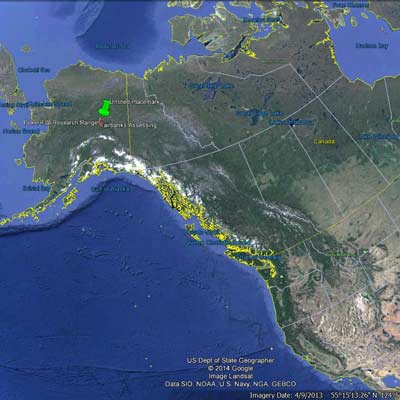
The M-TEX mission was launched from Poker Flat Research Range, Alaska on January 26, 2015.

